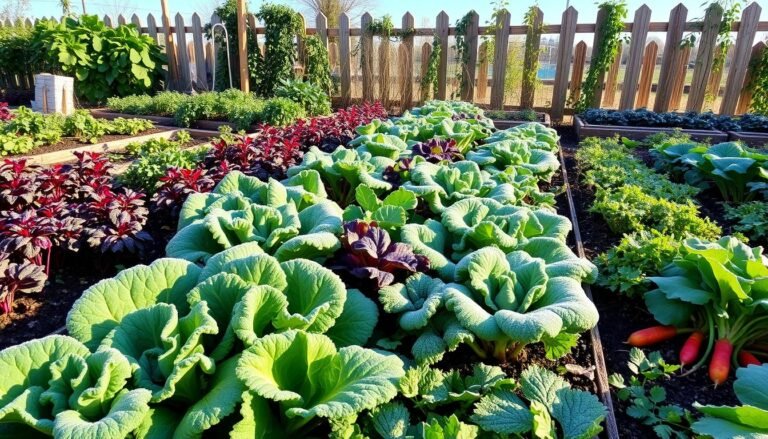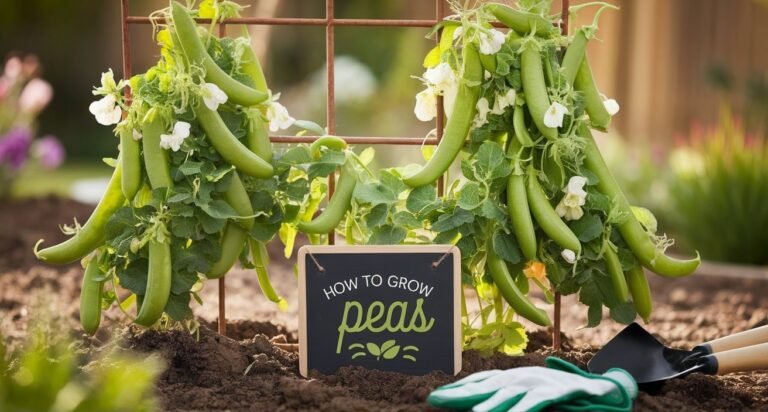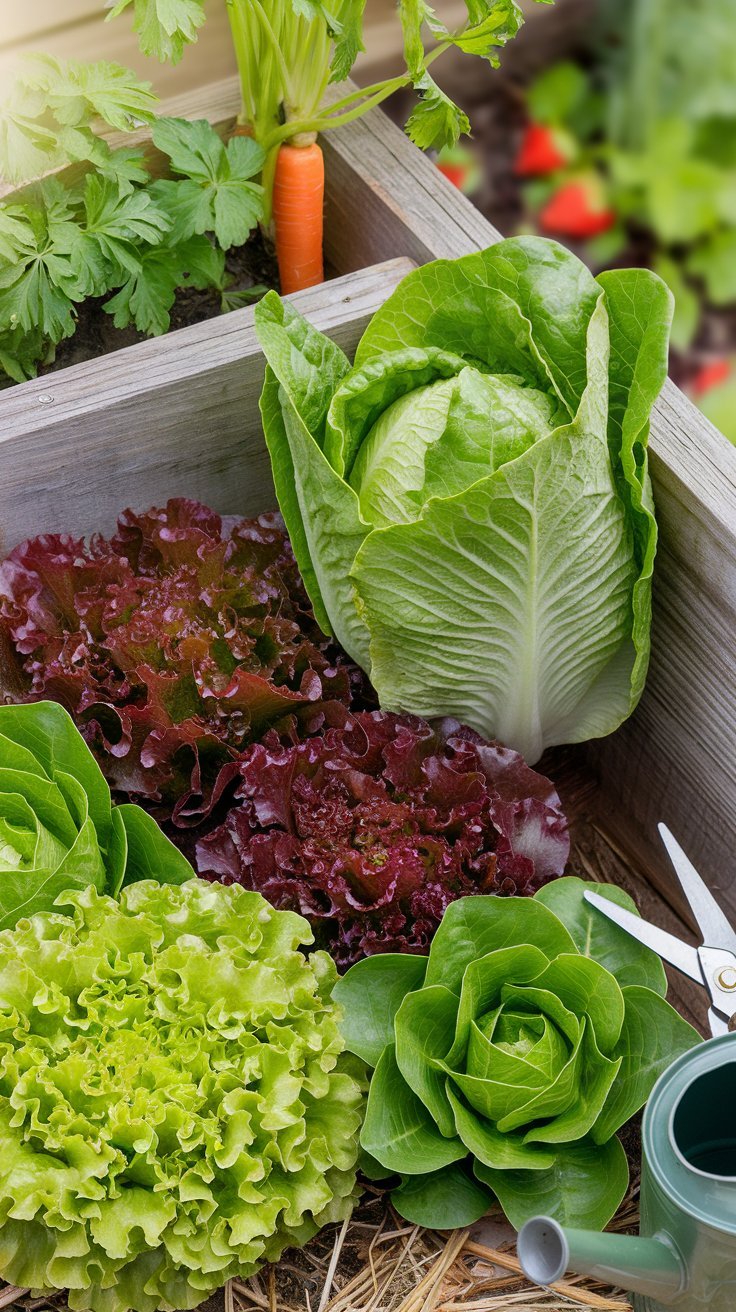Bolting 101: How to Keep Your Leafy Greens from Turning Bitter

Some of the links on this website are affiliate links, which means that if you make a purchase through these links, I may earn a small commission at no additional cost to you. As an Amazon Associate, I earn from qualifying purchases. I only recommend products I genuinely trust and believe will bring value to my readers. Also, some of the content was created with strategic use of AI tools. For more information, please visit the Privacy Policy page. Thank you for supporting my blog and helping me continue to provide valuable content.
You know that moment when you step into your garden, dreaming of fresh, tender lettuce for tonight’s salad, only to find your beautiful leafy greens have suddenly shot up a tall, spindly stem? Yep, that’s bolting—the leafy green’s way of saying, “I’m outta here!”
I can’t tell you how many times I’ve been personally victimized by bolting lettuce—one day, it’s lush and gorgeous, and the next, it’s bitter, tough, and growing like it’s on a mission to touch the sky. If this has happened to you (or you just want to prevent it), let’s break it all down and get ahead of the bolt!
What Is Bolting?
Bolting is when a leafy green stops focusing on leaf production and instead goes into reproduction mode, sending up a flowering stalk to produce seeds. The problem? Once a plant bolts, the leaves turn bitter, tough, and basically inedible.
The Usual Suspects: Greens That Bolt Easily
While almost any leafy green can bolt under the right conditions, these are the biggest troublemakers in my garden:







Now, let’s talk about why it happens and how to stop it.
Why Do Leafy Greens Bolt?
Bolting isn’t random—plants bolt for a reason. They think they’re running out of time, so they panic and go into seed-making overdrive. Here’s what triggers bolting:
1. Hot Weather (The #1 Culprit!) 
Leafy greens are cool-season crops, so when temperatures rise above their comfort zone (usually 75°F+ for lettuce, even lower for spinach), they go into survival mode and start flowering.

2. Day Length (The Hidden Trigger)
Some plants bolt when daylight hours get too long—this is why lettuce and spinach bolt like crazy in late spring and early summer, even when temperatures are still decent.

3. Root Disturbance & Stress
Leafy greens hate being stressed. If roots get jostled (like during transplanting), or if they dry out too much between waterings, they panic-bolt.

4. The Plant’s Natural Life Cycle
Even if conditions are perfect, leafy greens aren’t meant to last forever. Some varieties naturally bolt faster than others—it’s just their way of finishing the job.

1. Grow Bolt-Resistant Varieties
If I could give only one piece of advice, it would be this: start with the right seeds! Some varieties are bred to resist bolting, and they make all the difference.
Here are my favorites:




This one simple change doubled my greens’ lifespan!
2. Provide Shade & Keep Things Cool 
Greens love cool temperatures, so I do everything I can to fake spring weather:
- Shade cloth (30-50%) keeps plants cooler.
- Planting near taller crops (like tomatoes) provides natural shade.
- Mulching with straw or leaves keeps soil cool.
- Watering deeply & consistently helps prevent heat stress.
Even in the middle of summer, I can keep lettuce going with these tricks!

3. Harvest Often (Before It’s Too Late!) 
Once a plant starts thinking about bolting, it’s only a matter of time before the leaves turn bitter. That’s why I:



4. Succession Planting: The Best Insurance Policy
Instead of planting everything at once, I stagger plantings every 2-3 weeks. That way, when my first batch inevitably bolts, I already have a fresh round coming up.
Final Thoughts: Keep Your Greens From Saying Goodbye Too Soon!
Bolting used to drive me crazy, but once I figured out what causes it—and how to delay it—my greens started lasting twice as long. The key is growing the right varieties, keeping them cool, harvesting often, and planting in succession.
If you’ve ever lost a whole bed of greens to bolting, don’t give up! Try these tricks, and let me know what works best for you. Happy gardening!









